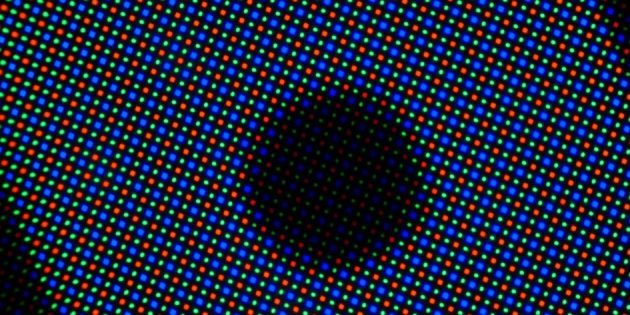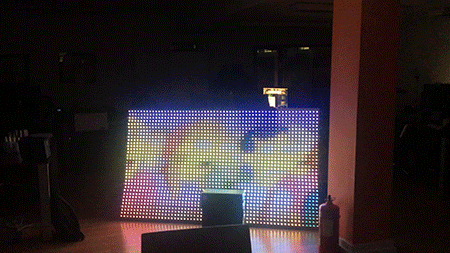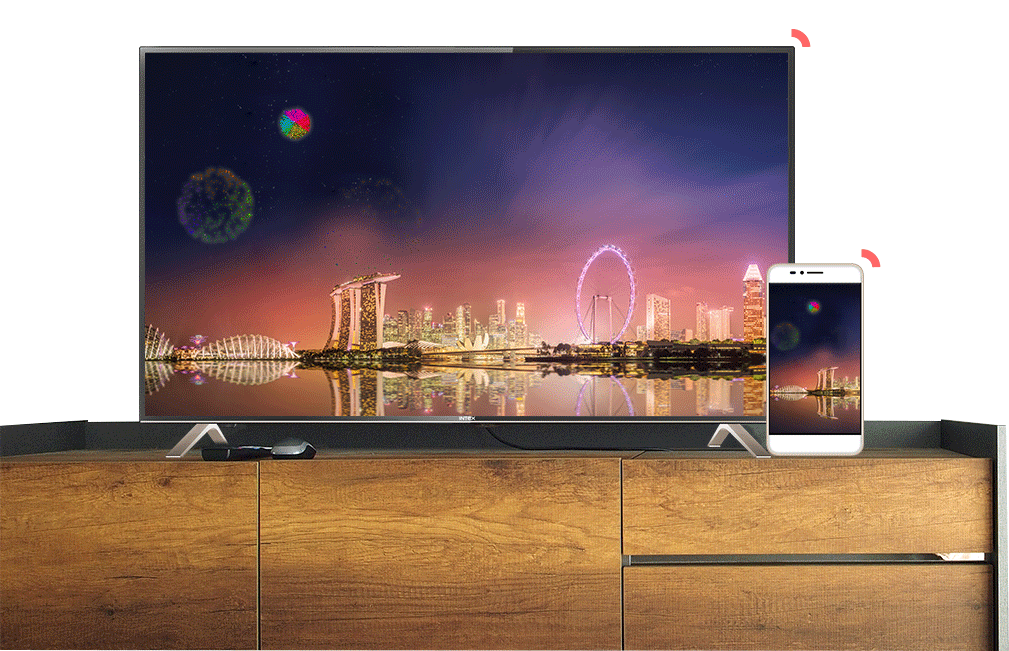Technologies that will replace screens of smartphones !
Nowadays the market is dominated by devices with LCD or OLED-screens. But it is unlikely that mobile device manufacturers will stop there.
In many ways, thanks to liquid crystals (LCD), smart phones have appeared. The technology allowed to create the first truly mobile computing devices - laptops. More than 30 years later LCD screens are still equipped with most laptops, tablets, smartphones and other similar products. Almost all other devices use the relatively recent organic LEDs (OLED).
There are four main parameters by which consumer market displays are evaluated: image quality, power consumption, size and weight. Any screen should have a decent picture, but the screen of the mobile device should also consume a minimum of the battery's charge, and also be as thin and lighter as possible.

This is what allowed OLED-displays to replace the LCD in some products. In addition to a better image, organic LEDs make it possible to make a smartphone very thin, light and more energy efficient than liquid crystals.
But even OLED-screens are not ideal. Over time, they can fade, and the three primary colors lose their brightness at different speeds. Gradually, the balance of colors is distorted. OLED-displays are more expensive than LCD, so they are installed only in high-end smartphones. But can this technology be replaced by something more perfect?
Multiple unsuccessful attempts
Over the past 10 years, a number of new developments have been announced. Almost every one was positioned as a replacement for LCD and OLED. However, so far the revolution has not happened, although the major players of the market invest tens of millions of dollars in such development.
Several years ago, Philips introduced the display on the basis of electromotive wetting. It works by controlling liquids through electric charges. To bring the technology to market, Philips in 2006 opened the company LiquaVista. Its screens had to have great colors, viewing angles and response time and consume less energy than traditional LCD displays.
In 2010 the company and its technology was bought by Samsung, which in 2013 sold Amazon's assets. But so far, nothing is known about devices with displays based on electro-wetting. Nevertheless, according to the official website, LiquaVista is still functioning and is probably working on the technology.

Not all businesses were doing so well. From 2004 to 2011, the chip manufacturer Qualcomm bought two startups - Iridigm and Pixtronix. They worked on two completely different display technologies based on microelectromechanical systems. By 2015, both projects were closed.
Another similar technology - the optical shutter with time multiplexing (TMOS) - showed Houston UniPixel Displays. But she also failed to bring her development to the market. Now the company produces optical film and glass for displays, and TMOS has long forgotten about TMOS.
A glimmer of hope - ordinary LEDs
However, there is at least one technology that the industry giants are interested in. It promises perfect color rendition, contrast, viewing angles, brightness, response time and energy efficiency. These are light-emitting diodes (LED), which are used in modern light bulbs.
LED-screens give everything you need
LEDs are available in different colors, including basic red, green and blue. They have no problems with viewing angles, as this is a radiating technology. As in the case of OLED, the contrast range and dynamic range are more than good. Diodes do not require color filters and polarizers, are turned off and turned on in a few microseconds. So what's the catch?
In fact, there are a lot of LED screens, they just have nothing to do with mobile devices. These are huge color displays in sports arenas, squares and other busy places.
The problem is that it's incredibly difficult to fit the LEDs into the smartphone screen. Even for a simple display with a resolution of 1,280 × 720 pixels, almost three million LEDs are needed - 920,000 red, green and blue emitters. In this case, diodes of different colors are made from materials that are very different from each other.
**However, progress in this area is moving ahead. In 2014, Apple bought LuxVue Technology, a developer of microLED-displays. Last year, Facebook acquired the start-up InfiniLED. Taiwanese electronics manufacturer Foxconn and Sharp recently bought it have invested in eLux - a branch of the American division of Sharp. Even Samsung, the leader in the field of OLED-screens, is aimed at buying PlayNitride - another startup that deals with microLED.
Experts argue that the commercialization of technology needs at least five more years. But the fact that such large companies have entered the game can significantly speed up the process.
There is no guarantee that LED displays will replace the dominant LCD and OLED screens. But in the next year or two for the LED should be closely monitored.
contents and Images :
(https://www.androidauthority.com/)


